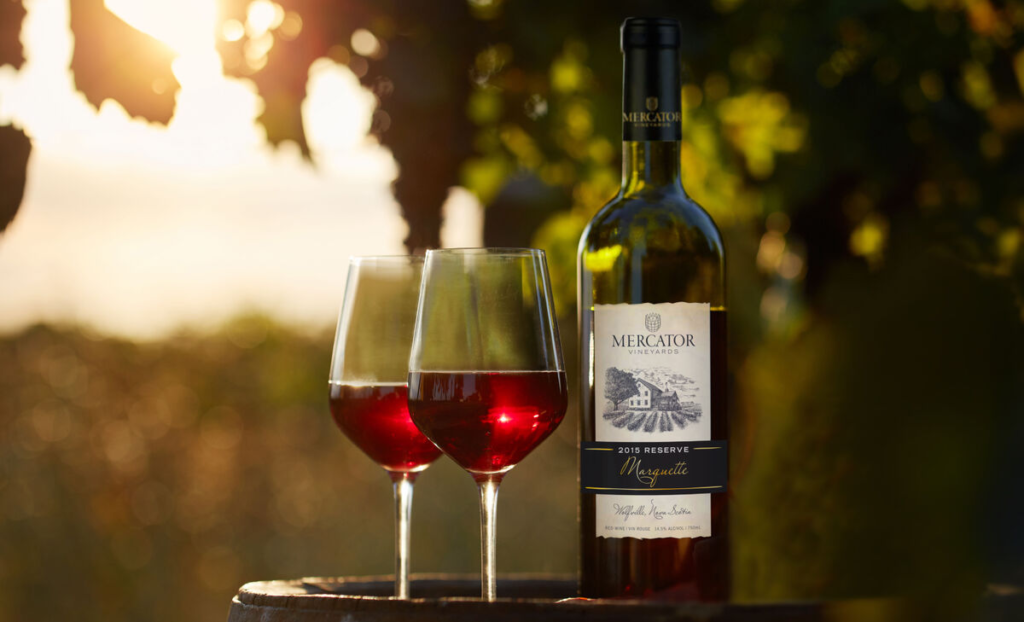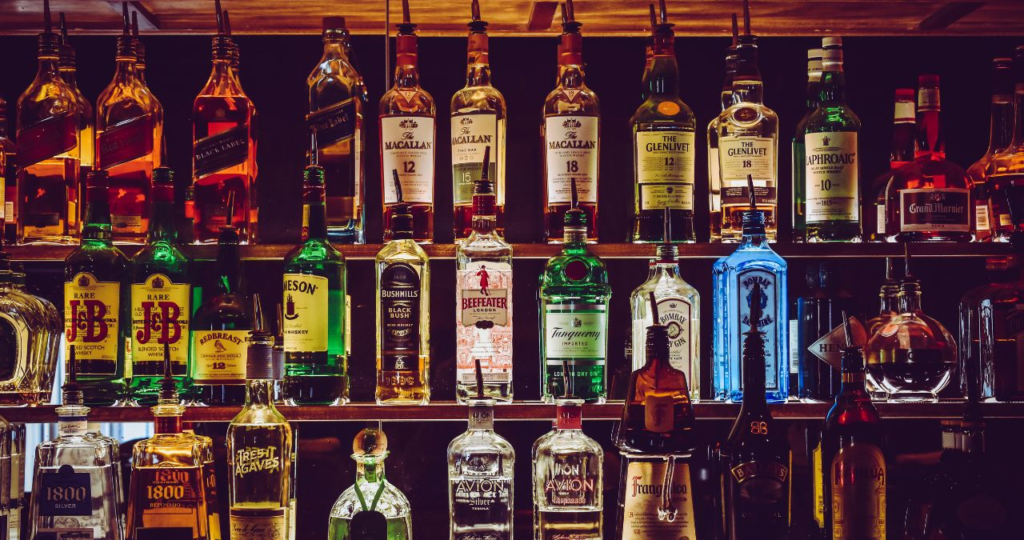Alcohol is one of the most widely consumed psychoactive substances, with a long history of use in social and cultural contexts. Despite its common use, the effects of alcohol on the body and mind can vary significantly depending on various factors, including the type of alcoholic beverage consumed. Different types of alcohol—such as beer, wine, and spirits—are often believed to produce different kinds of intoxication or “drunk” experiences. While the core psychoactive compound in all alcoholic drinks is ethanol, the varying effects are often attributed to factors such as alcohol content, the rate of consumption, and the presence of congeners (chemical compounds produced during fermentation).

1. Beer: The Social Drunk
Beer typically contains a lower concentration of alcohol by volume (ABV), ranging from 4% to 6%, though some varieties can be stronger. Due to its relatively low alcohol content and the volume in which it is consumed, beer drinking tends to result in a slower onset of intoxication. This gradual increase in blood alcohol concentration (BAC) often leads to a more relaxed, sociable state. The “beer drunk” is typically associated with feelings of euphoria, relaxation, and a lowered inhibition that makes social interactions more fluid. However, the high volume of liquid required to achieve significant intoxication can lead to bloating and frequent urination, which might limit the duration of drinking sessions.

2. Wine: The Emotional Drunk
Wine generally has a higher ABV than beer, usually ranging between 12% and 15%. The effects of wine can be more complex, partly due to the presence of various congeners, such as tannins and polyphenols, which can influence both the flavor and the body’s reaction to alcohol. Wine is often associated with a more emotionally charged intoxication. Many people report that wine induces a warm, mellow feeling, which can sometimes lead to introspection or an enhanced emotional response. This emotional state may be due in part to the cultural context in which wine is often consumed—during meals or intimate gatherings—leading to a more reflective or sentimental mood.

3. Spirits: The Energetic or Aggressive Drunk
Spirits, or distilled liquors like vodka, whiskey, rum, and gin, have a much higher ABV, typically ranging from 40% to 50% or more. Due to their potency, spirits are usually consumed in smaller quantities, either straight or mixed into cocktails. The rapid increase in BAC caused by drinking spirits can lead to more intense and unpredictable effects. The experience of drinking spirits is often described as producing a “high-energy” drunk, characterized by a quick onset of euphoria, heightened confidence, and increased sociability. However, this can sometimes escalate into aggression or irritability, particularly when consumed in large quantities or in a short period. The high alcohol content in spirits can also lead to more severe hangovers, largely due to the rapid spike and subsequent crash in BAC.

4. Champagne: The Giddy Drunk
Champagne and other sparkling wines are unique due to their carbonation. The bubbles in champagne are believed to accelerate the absorption of alcohol into the bloodstream, leading to a quicker onset of intoxication. This fast-acting drunk is often described as light-headed and giddy, with a sense of exuberance and celebration. However, this can also lead to rapid intoxication, sometimes catching drinkers off guard, resulting in quicker progression to more advanced stages of drunkenness.

5. Mixing Alcohols: The Unpredictable Drunk
Mixing different types of alcohol in one drinking session—such as starting with beer, moving to wine, and then finishing with spirits—can produce unpredictable effects. The varying rates of alcohol absorption, combined with different types of congeners, can lead to an erratic intoxication experience. People often report feeling more disoriented or nauseous when mixing drinks, a phenomenon sometimes attributed to the body struggling to metabolize the different types of alcohol simultaneously. The common adage “beer before liquor, never been sicker; liquor before beer, you’re in the clear” is rooted in the idea that starting with low-alcohol-content drinks and moving to higher ones might exacerbate negative side effects, though scientific evidence on this is limited.
Conclusion
While ethanol is the primary active ingredient in all alcoholic beverages, the type of drink consumed can influence the type of intoxication experience due to factors like alcohol content, rate of consumption, and the presence of congeners. Beer tends to produce a sociable, relaxed drunk; wine may lead to emotional, reflective intoxication; spirits can create a more intense, energetic or aggressive drunk; and champagne often leads to a giddy, celebratory feeling. Mixing different types of alcohol can result in unpredictable and often unpleasant effects. Understanding these differences can help individuals make more informed choices about their alcohol consumption and manage their drinking experiences more effectively.
0 Comments